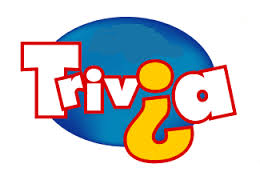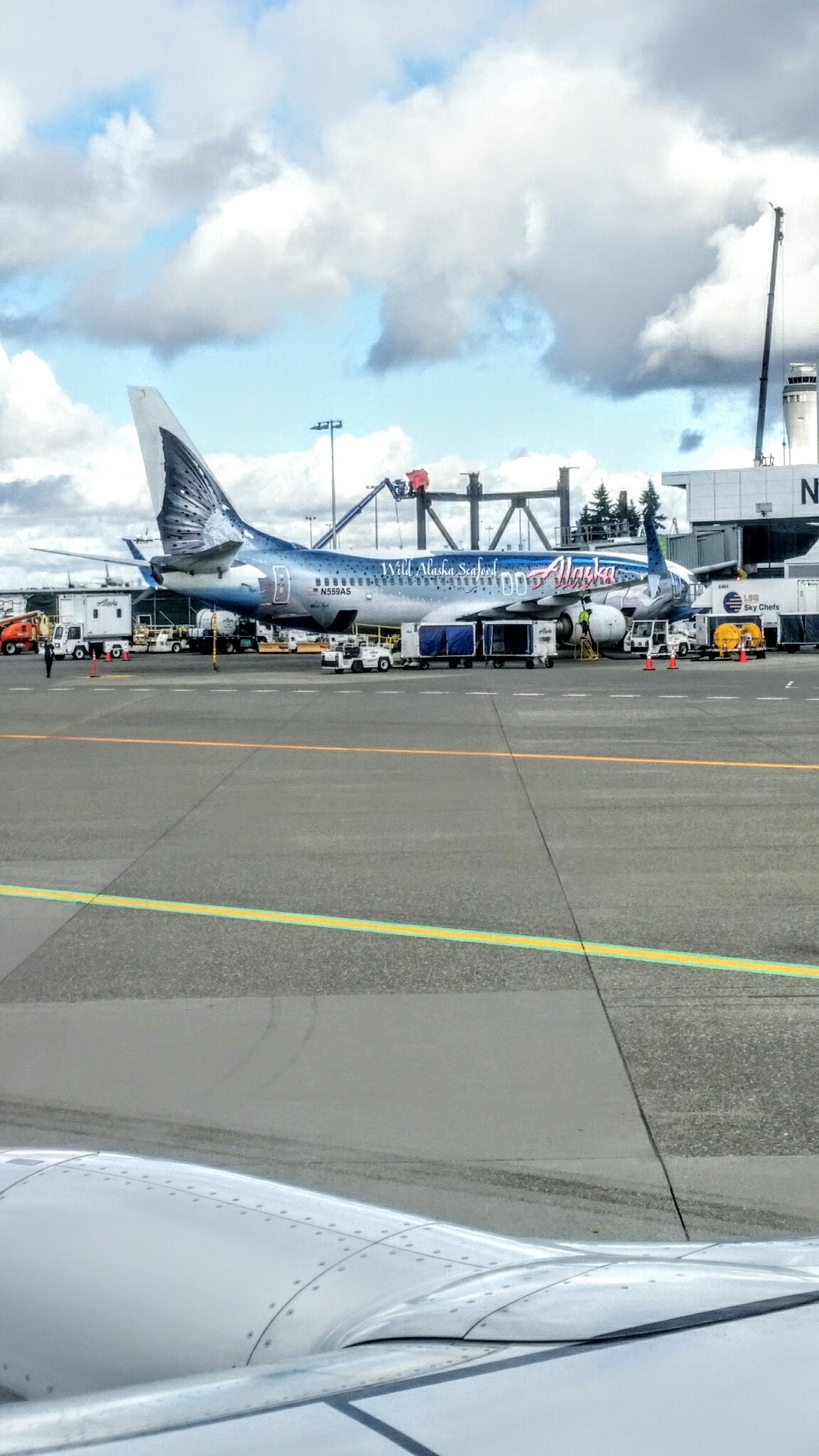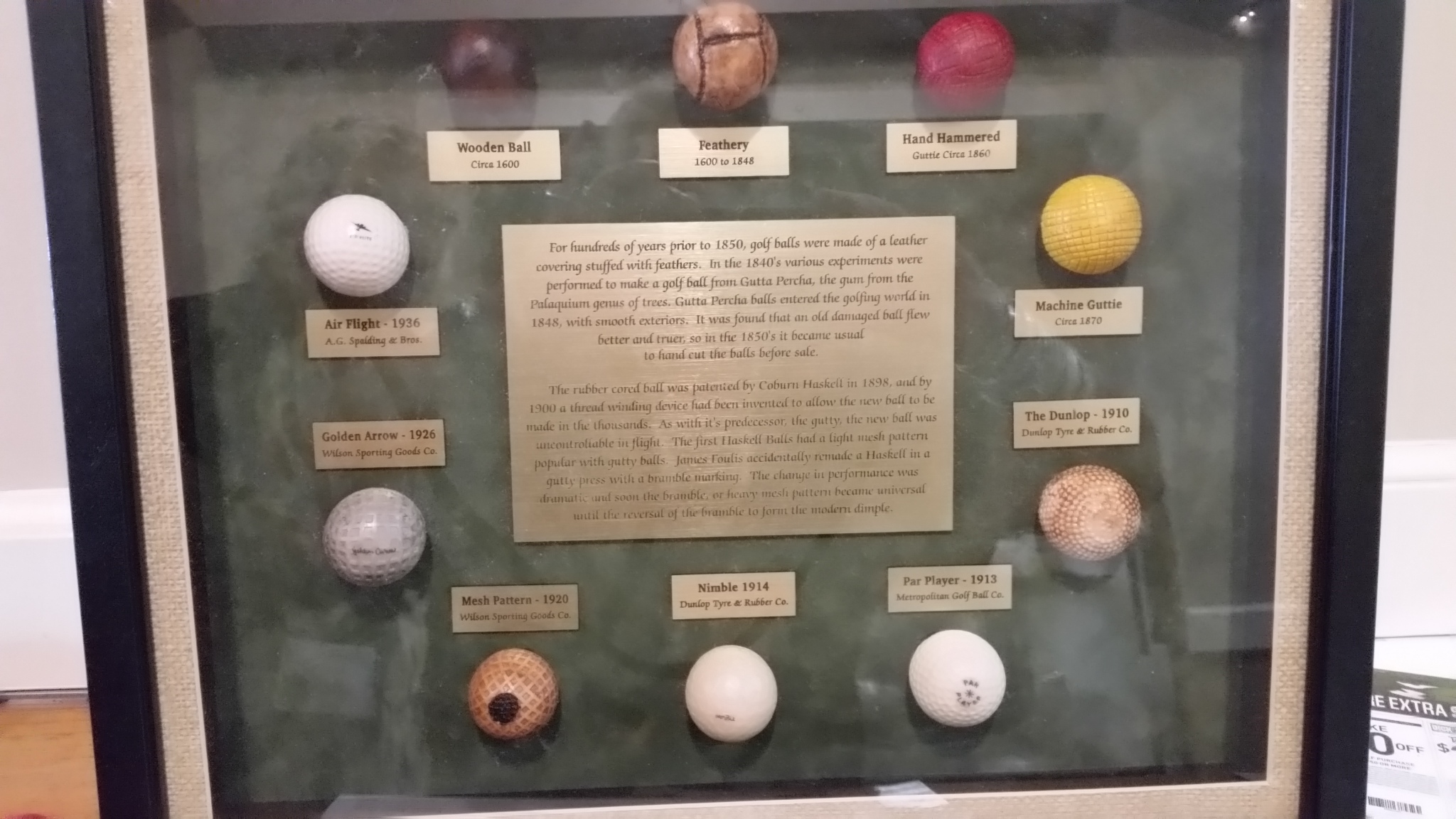
I have a whole stadium full of New England ancestors and I’d bet that many of you do too. Reading a book titled, Sightseeking: Clues to the Landscape History of New England, by Christopher J. Lenney, 2003, I learned about what he called The China Syndrome.
Between about 1787 and 1849, in New England, there were many towns with exotic names such as China, Poland, Denmark, Palermo, Belgrade, Rome, Corinth, Alexandria and Brunswick (“to flatter the House of Hanover”). Lenney quotes Wilbur Zelinsky as stating that he believed that these exotic names for towns showed “the extroverted buoyancy and expansiveness of spirit that many observers identify today as American.”
Lenney states that “the general flowering of exotic names in the early republic” shows that “the United States was a new nation that had lately assumed its station among the powers of the earth; perhaps in token of this, the names of its towns began to scintillate with the brilliance of the firmament in which it was the newest star.”
Thinking about this, it wasn’t only a New England phenomena ….. think Frankfort, Cairo, London, etc. Interesting trivia, don’t you think?




